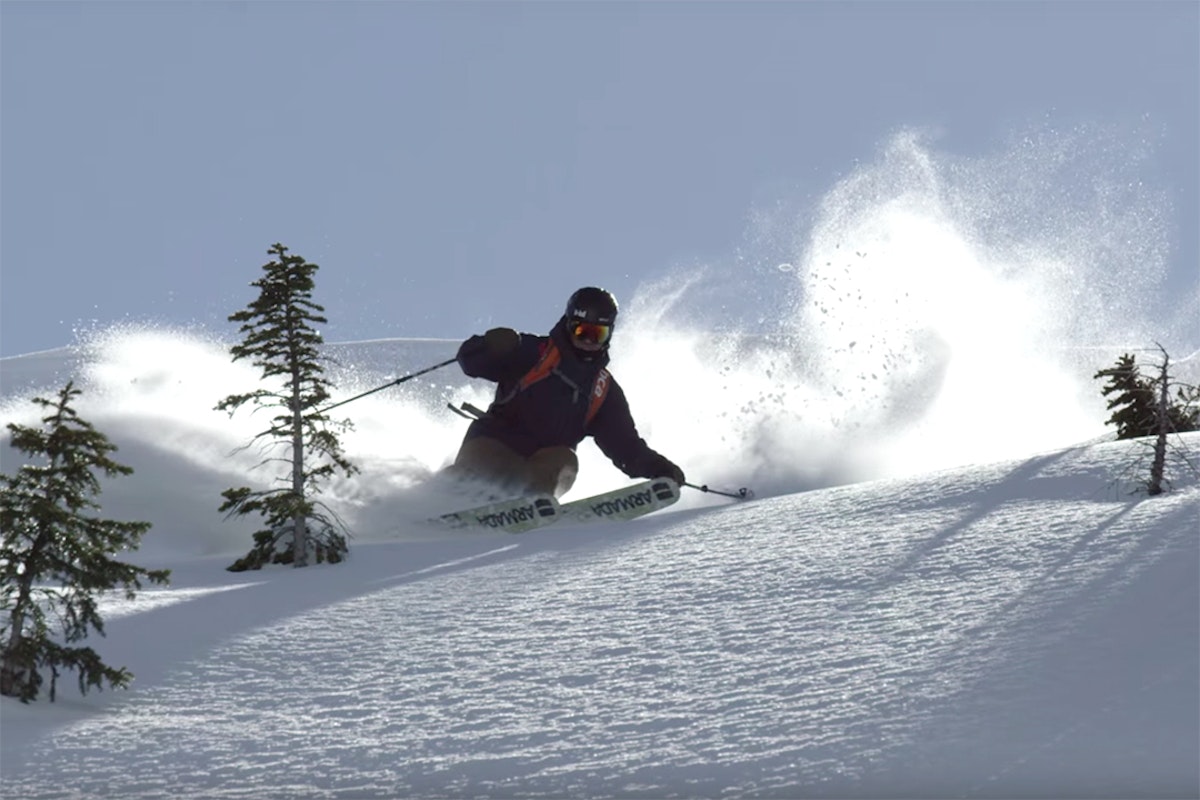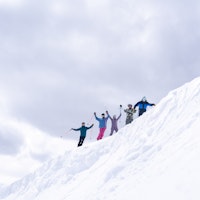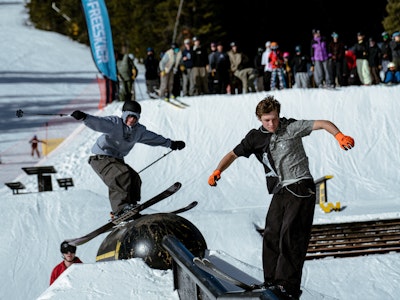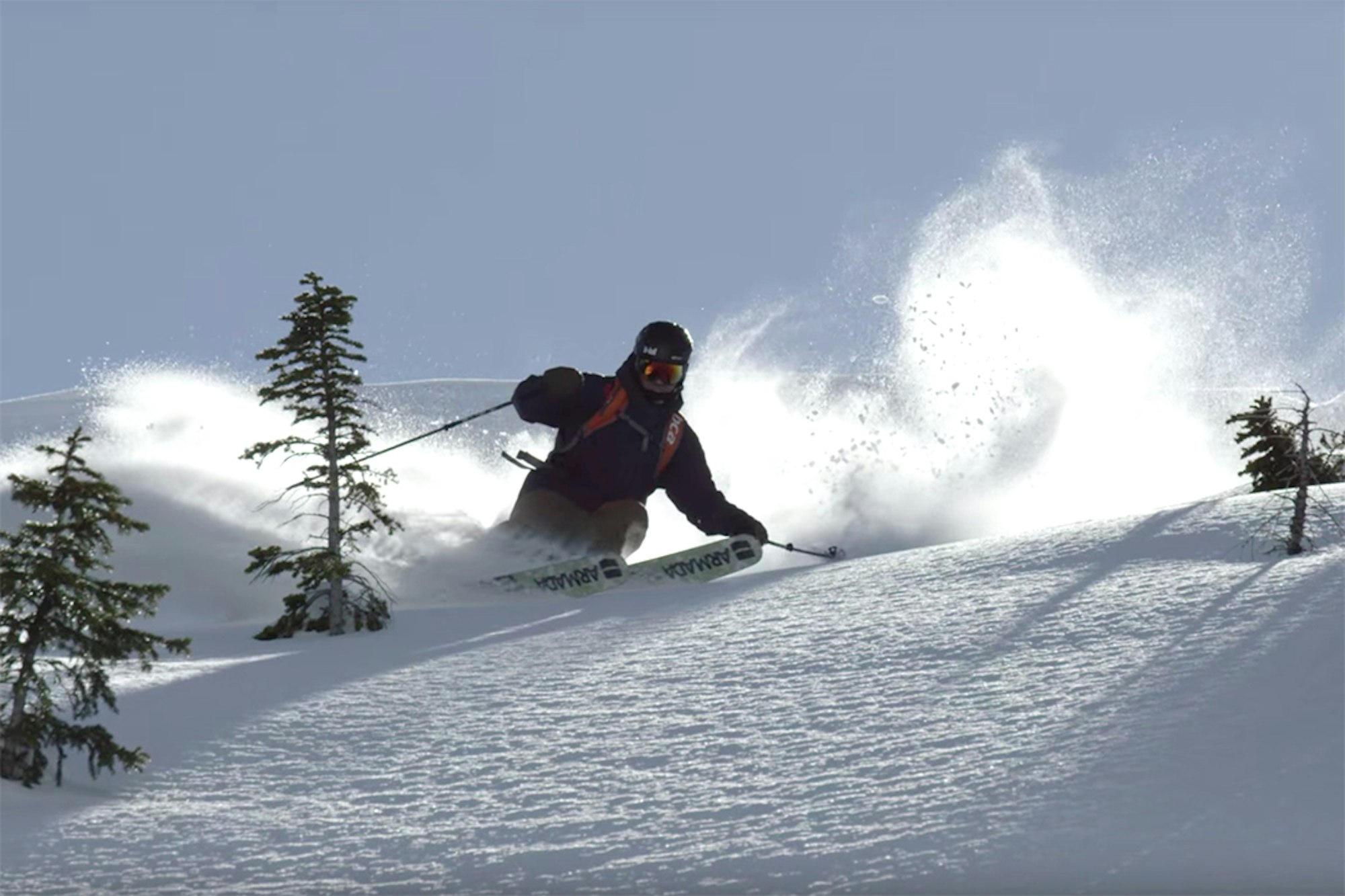Backcountry Access (BCA) is all about keeping you safe and aware in all of winter’s varying conditions. The gear company out of Boulder, Colorado specializes in everything from avalanche transceivers, probes, shovels, float packs, communication devices and more. This year, BCA athletes Lel Tone and Colter Hinchliffe worked alongside the American Institute for Avalanche Research and Education to produce five instructional video segments that every backcountry skier should watch.
Even if you consider yourself a veteran of backcountry skiing, you can never be too safe. So, before you head into the land of abundant powder, watch the five episodes, titled Get the Gear, Get the Training, Get the Forecast, Get the Picture, and Get Out of Harm’s Way, below.
Note: While these videos are incredibly helpful, they should not serve as a replacement for in-class training and proper backcountry awareness certifications. Stay safe out there this season, everyone, and show respect for the mountains each and every time you’re out.
Step 1: Get the Gear
“Get the goods without getting buried,” writes BCA via its website. “BCA guide ambassador Lel Tone and BCA/TGR athlete Colter Hinchliffe talk about the essential avalanche safety and backcountry equipment every skier, snowboarder and snowmobiler should bring into the backcountry. Essential: avalanche transceiver, shovel, probe, avalanche airbag, and knowledgeable partner! Also important: two way radios, navigation kit, terrain photos, map and/or gps, smartphone, first aid, portable shelter and evac gear. Filmed with support from AIARE and The Avalanche Project.”
Step 2: Get the Training
https://youtu.be/74zhd6d3sOs’
“BCA guide ambassador Lel Tone and BCA/TGR athlete Colter Hinchliffe talk about the essential avalanche safety training all backcountry riders need, what you’ll learn from an avalanche course, where to find one–and how to keep your skills current by practicing with friends and taking refresher courses,” writes BCA via its website. “Filmed with support from AIARE and The Avalanche Project.”
Step 3: Get the Forecast
“BCA guide ambassador Lel Tone talks to you about how to get the weather and avalanche forecast from your local avalanche forecast center, how to interpret the avalanche danger scale and “avalanche problem” of the day, and how to plan your day accordingly,” writes BCA via its website. “Filmed with support from AIARE and The Avalanche Project. Get the goods without getting buried!
Step 4: Get the Picture
“Get the goods without getting buried,” writes BCA via its website. BCA guide ambassador Lel Tone and BCA/TGR athlete Colter Hinchliffe talk about your daily routine: getting the big picture about the mountain and terrain and how to look for where the risk areas for snow instability and avalanches may lie for the day. They review info sources like locations of recent avalanche activity, terrain photos, maps and reports from others to anticipate dangerous terrain and where to get the best snow. Filmed with support from AIARE and The Avalanche Project.”
Step 5: Get Out of Harm’s Way
“BCA guide ambassador Lel Tone and BCA/TGR athlete Colter Hinchliffe talk about the essential avalanche and backcountry safety steps every skier, snowboarder and snowmobiler must take to limit your group’s exposure to dangerous terrain,” writes BCA via its website. “These include discussing the consequences of traveling on a slope before committing, avoiding terrain traps, placing only one person on a suspect slope at a time, and how and when to help someone when they’re in hazardous terrain. Filmed with support from AIARE and The Avalanche Project.”
[su_button url=”https://www.instagram.com/leltone/” target=”blank” style=”flat” background=”#0e5589″ size=”5″ radius=”5″]Follow Lel Tone on Instagram[/su_button][su_button url=”https://www.instagram.com/colterjh/” target=”blank” style=”flat” background=”#0e5589″ size=”5″ radius=”5″]Follow Colter Hinchliffe on Instagram[/su_button]




![[GIVEAWAY] Win a Head-to-Toe Ski Setup from IFSA](https://www.datocms-assets.com/163516/1765920344-ifsa.jpg?w=200&h=200&fit=crop)

![[GIVEAWAY] Win a Legendary Ski Trip with Icelantic's Road to the Rocks](https://www.datocms-assets.com/163516/1765233064-r2r26_freeskier_leaderboard1.jpg?auto=format&w=400&h=300&fit=crop&crop=faces,entropy)





![[GIVEAWAY] Win a Head-to-Toe Ski Setup from IFSA](https://www.datocms-assets.com/163516/1765920344-ifsa.jpg?auto=format&w=400&h=300&fit=crop&crop=faces,entropy)

